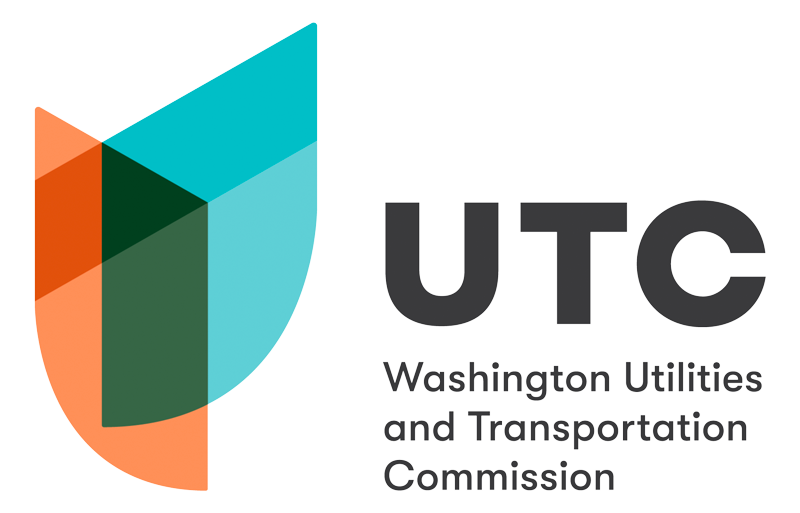What is Net Metering?
Want to be your own power company - at least in part? "Net-metering" allows you to get billing credit from your utility company for power you generate. If your usage exceeds what you generate, you are billed on the "net" - i.e., the difference between what you use and what generate.
Net-metering systems may consist of no more than 100 kilowatts of power generated from solar, wind, hydro, or bio-gas from animal waste. It may also be a fuel cell or a combined heat and power system.
Net-metering is the result of a series of legislation that requires utilities to offer this option. The goal is to stimulate development of renewable energy sources. See state law Net Metering of Electricity - RCW 80.60.
Where Can I Sign up for Net Metering?
The three investor-owned electric utilities, Avista Corporation, Pacific Power & Light Corporation and Puget Sound Energy, have net-metering programs.
Background
On June 11, 1998, Substitute House Bill 2773 "Net-metering for certain renewable energy systems" became effective. This law directed electric utilities to make net-metering available to customer generators on a first-come, first-served basis until the cumulative generating capacity of net metering systems equals 0.1 percent of the utilities peak demand during 1996. (See  1999 UTC Staff Report)
1999 UTC Staff Report)
On Feb. 10, 1999, the commission approved "net-metering" rates for Avista, Puget Sound Energy, and Pacific Power & Light which allowed customers who generate their own electricity to receive credits, on a first-come basis, for excess kilowatts generated within a billing period.
In 2000, Engrossed House Bill (EHB) 2334 amended net-metering laws. The main changes introduced by  EHB 2334 were:
EHB 2334 were:
-
Including fuel cells in the definition of eligible net-metering systems, while maintaining solar, wind, and hydropower as the other eligible fuels for the production of electrical energy.
-
Requiring at least 0.05 percent of the cumulative generating capacity of net-metering systems to come from systems that use solar, wind, or hydropower as their fuel.
-
Forbidding electric utilities to require customer-generators whose systems meet the standards specified by the law to comply with additional safety or performance standards, perform or pay for additional tests, or purchase additional liability insurance; and
-
Declaring that electric utilities are not liable directly, or indirectly, for permitting or continuing to allow attachments of net-metering systems, or for the acts or omission of customer-generators that cause loss or injury, including death, to any third party.
The 2006 Legislature amended previous net-metering legislation (chapter 80.60 RCW) in ch. 201, Laws of 2006 (Engrossed Substitute House Bill (ESHB) 2352) which became effective on June 7, 2006.
The main changes introduced by this law are:
-
Bio-gas from animal waste is now included in the definition of renewable energy . Fuel cells were added to the definition of eligible net metering systems in 2000.
-
Increasing the capacity of a net metering electric generation system to not more than one hundred kilowatts.
-
Increasing the cumulative generating capacity available to net metering systems to 0.5 percent of the utility's peak demand during 2006 by Jan. 1, 2014. Not less than one-half of the utility's 1996 peak demand available for net metering systems is to be reserved for net metering systems that generate renewable energy.
-
Moving the balance date to April 30 each year.
The Legislature has made other updates to Net Metering statute (80.60 RCW) in 2007 and again in 2019.
